Münster – bicycle capital of Germany
Münster is one of the largest cities of the land Nordrhein-Westfalen. Its history rich with events depicted in legends and grand architectural monuments invariably attracts a lot of tourists. For example, every day you can see on the St. Paul cathedral clock how figures of three magi spin around Virgin Mary and baby Jesus, accompanied with a melodious chime. And in order to really feel the vibe of the city life you have to mount a bike. After all, Münster is the bicycle capital of Germany. There are 500 000 bicycles here – almost twice as many as the number of residents!
Cafes, bars and restaurants in Münster
Отели города Münster
See all
Restaurants
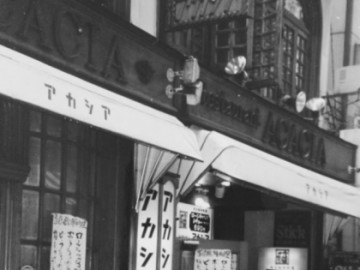
ACACIA
Restaurant • Sushi bar • Catering
+49 251 527995
Payment methods:
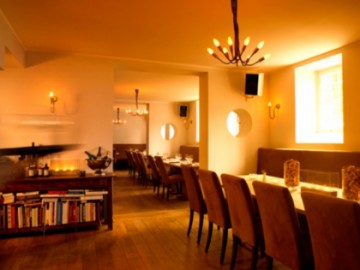
Brust oder Keule
Restaurant • Bar • Catering
+49 251 9179656
Payment methods:
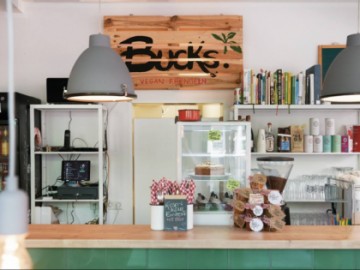
Bucks
Vegetarian restaurant
+49 251 39588524
Payment methods:
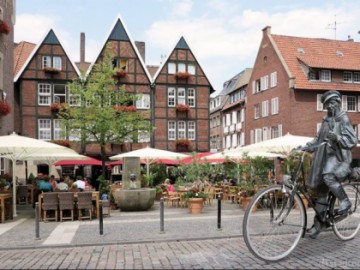
Deckenbrocks Kleiner Kiepenkerl
Restaurant
+49 251 43416
Payment methods:
All sights in MünsterSee all
Landmarks in the city Münster

St. Lamberti church
Architectural Monuments

St. Paulus-Dom
Architectural Monuments

town hall is the Hall of Peace
Architectural Monuments
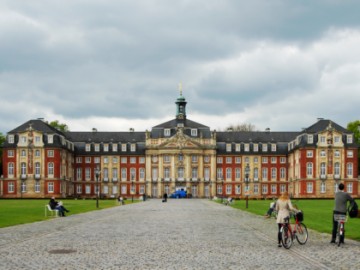
Residence of the Bishop
Castles, Fortresses and Palaces
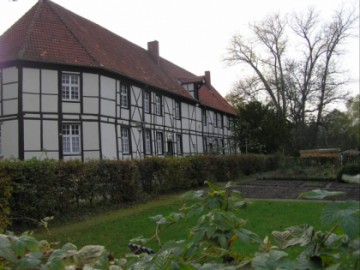
The leprosy museum
Museums and Exhibitions
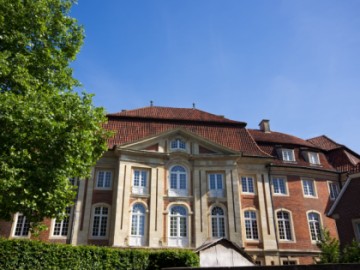
Erbdrostenhof
Architectural Monuments • Castles, Fortresses and Palaces

Pablo Picasso art museum
Museums and Exhibitions
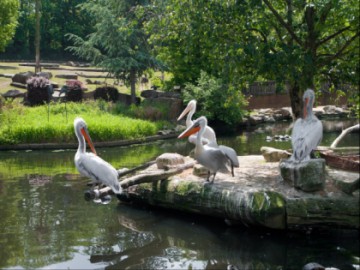
The Allwetterzoo
Parks and recreation
Nearby
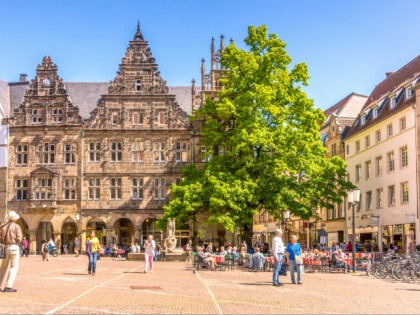


 Castles, Fortresses and Palaces
Castles, Fortresses and Palaces
 Parks and recreation
Parks and recreation
 Museums and Exhibitions
Museums and Exhibitions
 Architectural Monuments
Architectural Monuments